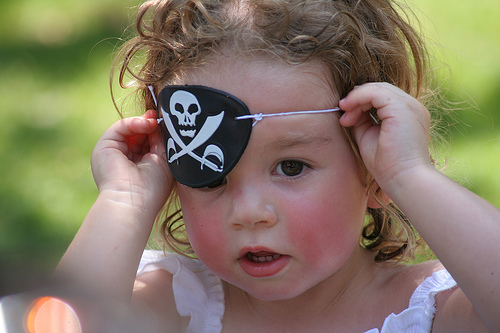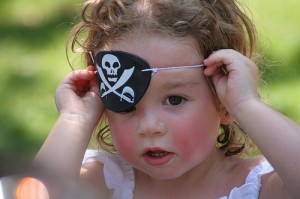This is a continuation of the series on the topic: incorporating improvisation into private piano teaching. I had originally planned to post all 4 steps into one post, but the post would be too lengthy. So the topic “Incorporating Improvisation” is being divided into 4 separate posts:
- Develop Related Skills
- Create an atmosphere conducive to improvisation
- Use improvisation as a way to introduce new concepts
- Improvise using a combination of learned concepts
Today, we are discussing step 4: Improvise using a combination of learned concepts.
4. Improvise using a combination of learned concepts
As the student progresses in their piano study, the teacher can make the improvisational sessions more complex by encouraging the student to use a combination of previously-learned concepts. The focus can then turn from simply utilizing something like dynamics and certain intervals to creating something more complex. For example, an improvisation session goal might be:
- Tell a story: climbing a mountain, going to school, riding a pony, etc.
- Describe a thing or place: a thunderstorm, a clown, a desert, a detective
- Communicate an emotion: anger, happiness, fear, curiosity
Once the goal has been set, the teacher and the student can discuss ways to create the sound they want. For example, for an improvisation to sound like a thunderstorm, the student might suggest using staccato notes in the upper register of the piano to represent rain, and thick, loud chords in the lower register to represent thunder.
These improvisational activities may be especially helpful for a student who struggles to play expressively in their repertoire playing. Always use descriptive language when describing the session’s goal to the student, so that it evokes imagery for the student and gets their creative juices flowing.
Coming up next, the conclustion of the series: The Benefits of Incorporating Improvisation into the piano lesson.
Be sure to check out the rest of the posts in the series:
Series: Incorporating Improvisation into the Piano Lesson
- Creativity in the Piano Lesson – Introductory musings.
- Top 3 Obstacles when Teaching Improvisation
- A Brief History of Improvisation
- The Value of Improvisation
- Incorporating Improvisation:
- NEXT: 3 Benefits of Incorporating Improvisation





 This is a continuation of the series on the topic: incorporating improvisation into private piano teaching. I had originally planned to post all 4 steps into one post, but the post would be too lengthy. So the topic “Incorporating Improvisation” is being divided into 4 separate posts:
This is a continuation of the series on the topic: incorporating improvisation into private piano teaching. I had originally planned to post all 4 steps into one post, but the post would be too lengthy. So the topic “Incorporating Improvisation” is being divided into 4 separate posts: